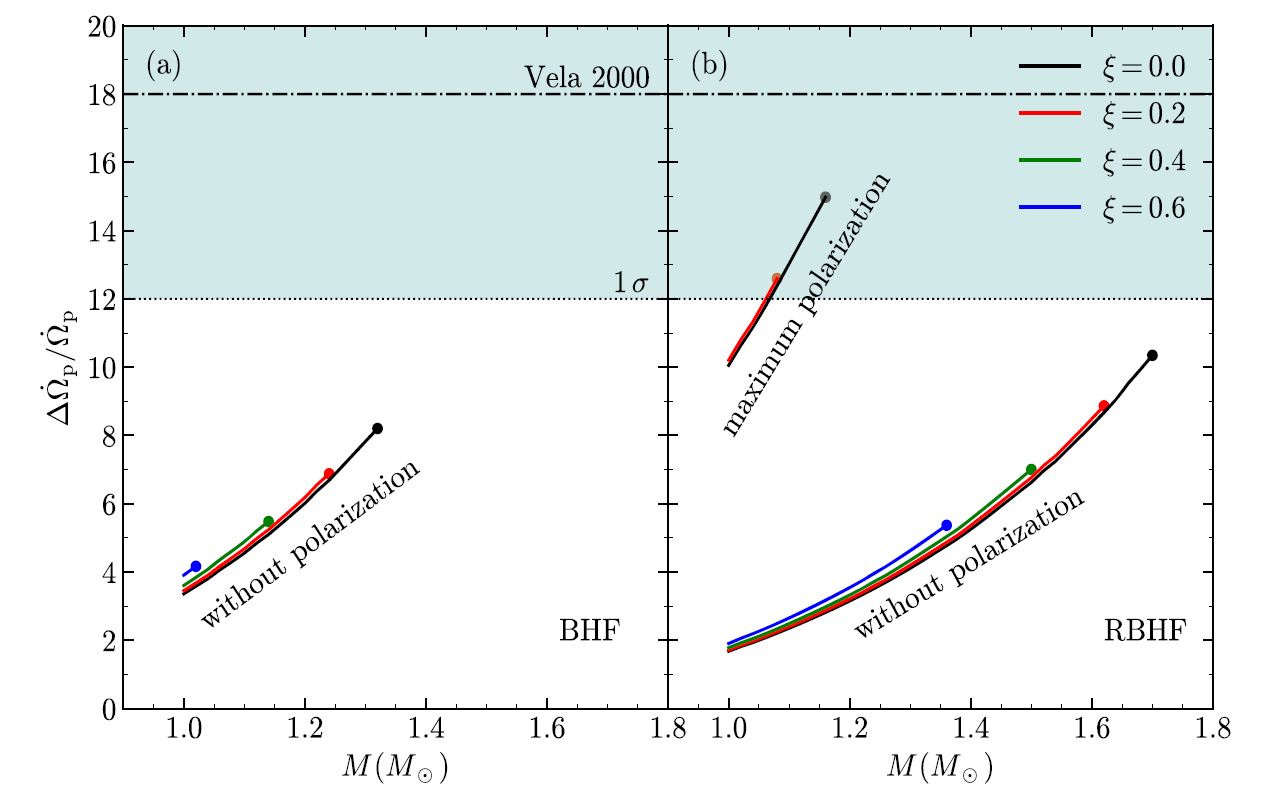Physicists Revisit Post-glitch Relaxation of 2000 Vela Glitch
Researchers at the Institute of Modern Physics (IMP) of the Chinese Academy of Sciences (CAS) and Xiamen University have lately investigated the post-glitch relaxation of the Vela glitch in 2000. The results have been published in The Astrophysical Journal.
Neutron star, which is also called as pulsar because its discovery stems from the periodic pulse signal, is a typical topic in modern astrophysics. During the rotation, the star will spin down due to the radiation and deliver energy outward. However, the sudden spin-up of pulsars with subsequent recovery in days or months was also discovered, which is well known as the glitches.
Glitches observations provide a unique way to study the internal structure and dynamic evolution of neutron stars. The Vela pulsar is one of the most frequently glitching pulsars. Currently, glitches are generally considered to be the result of the superfluid. In the simplified two-component framework, the superfluid vortices are pinned to the nuclear lattice and will store angular momentum with the spin-down of the stars. The stored angular momentum will transfer suddenly under certain conditions. This procedure corresponds to the glitch phenomenon. These uncoupling and recoupling between the superfluid and normal components correspond to the glitch and the relaxation, respectively.
Researchers obtained the equation of state (the proton fraction and the relations between the pressure and the densities) from the microscopic Brueckner and the relativistic Brueckner theories for nuclear matter, with realistic nucleon-nucleon potential to study the structure of neutron star.
In combination with the two-component framework, researchers have investigated the glitch size and the post-glitch jumps in frequency derivatives approximately 1 minute after the 2000 Vela glitch. It was found that the mass of the Vela pulsar is necessarily small, and the typical stellar radius is about 12.5 km, and a strong suppression of the pairing gap in the nuclear medium is demanded.
"In the future, further information will be obtained from high-accuracy facilities, such as the Five-hundred-meter Aperture Spherical radio Telescope (FAST). We expect this information to provide more constraints to the structure of pulsar, the two-component model, and the equation of state of dense nuclear matter,” said SHANG Xinle, a researcher at IMP.
This work was supported by the Strategic Priority Research Program of CAS, the National Natural Science Foundation of China, the Youth Innovation Promotion Association of CAS and the Youth Innovation Fund of Xiamen.

Fig.1. The short-term post-glitch relaxation of the Vela 2000 calculated with the microscopic EOS. The shadow is related to the observed data at the 1σ level. (Image by SHANG Xinle)
Contact Information
Institute of Modern Physics
Email: fangliu@impcas.ac.cn


 甘公网安备 62010202000713号
甘公网安备 62010202000713号


